

Pear tree is the most common fruit tree in many orchards.
Key Pear tree facts
Name – Pyrus cummunis
Family – Rosaceae
Type – deciduous fruit tree
Height – 16 to 50 feet (5 to 15 meters)
Exposure – full sun
Soil – ordinary
Blooming: spring – Harvest: summer-fall (species) – Lifespan: 30-80 years
Pruning and planting are all practices that, if well performed, will increase pear harvest.
This fruit tree, like most trees, is best planted in fall to favor root development before winter.
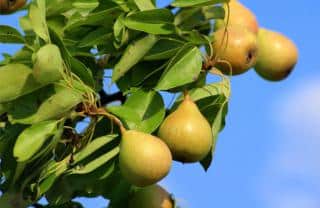
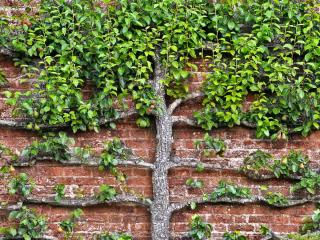
In order to guide the tree into producing many beautiful pears, it is important to perform a fruit-inducing pruning before spring growth has started.
When should pears be harvested? This is a common question, because it is sometimes difficult to determine the best moment.
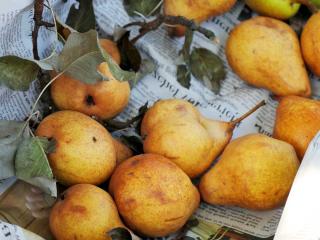
Actually, if you twist them a quarter of a turn and that they detach without needing any further effort, then you know the right time to harvest the pears has come.
Once the pears have been collected, the goal now is to store them in the best possible environment to keep them as long as possible.
Pear trees, like most fruit trees, are vulnerable to several common diseases, especially fungus.
One of the most common pear tree diseases is scab.
If a scab infection appears at the end of the fruiting cycle, damage is limited. Perhaps only a slight discoloration of the pears may be observed. The harvest is not lost, but it is less sure that pears will keep for long.
However, if scab appears early in the season, it is recommend to treat it in order to stop the spread of the disease. An early onslaught of scab may hinder pear development and compromise the harvest.
Another common infection of pear trees is European brown rot, where Monilinia fungus is active. This fungus can cause extensive damage and it is preferable to prevent it altogether.
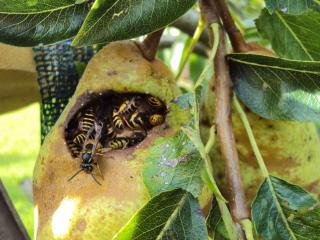
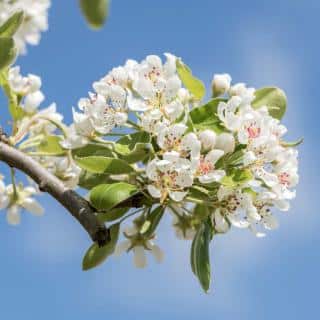
Usually of an average size, some specimens are known to reach up to 50 feet (15 meters).
Pear trees bloom as soon as April, and produce marvelous little white flowers, sometimes pink, that bees are drawn to in spring.
It can also be found in the wild, in our garden as , or in large orchards for commercial pear production.
During planting, mulch the foot of your tree to protect it from from freezing.
Repeat this operation every year, you’ll avoid both weed growth and using products that are toxic for the pears you’ll be eating!
I’ve got an old pear tree and its pears are delicious. The main trunk is breaking to pieces, but a few shoots are very vigorous. Can I make cuttings from it?